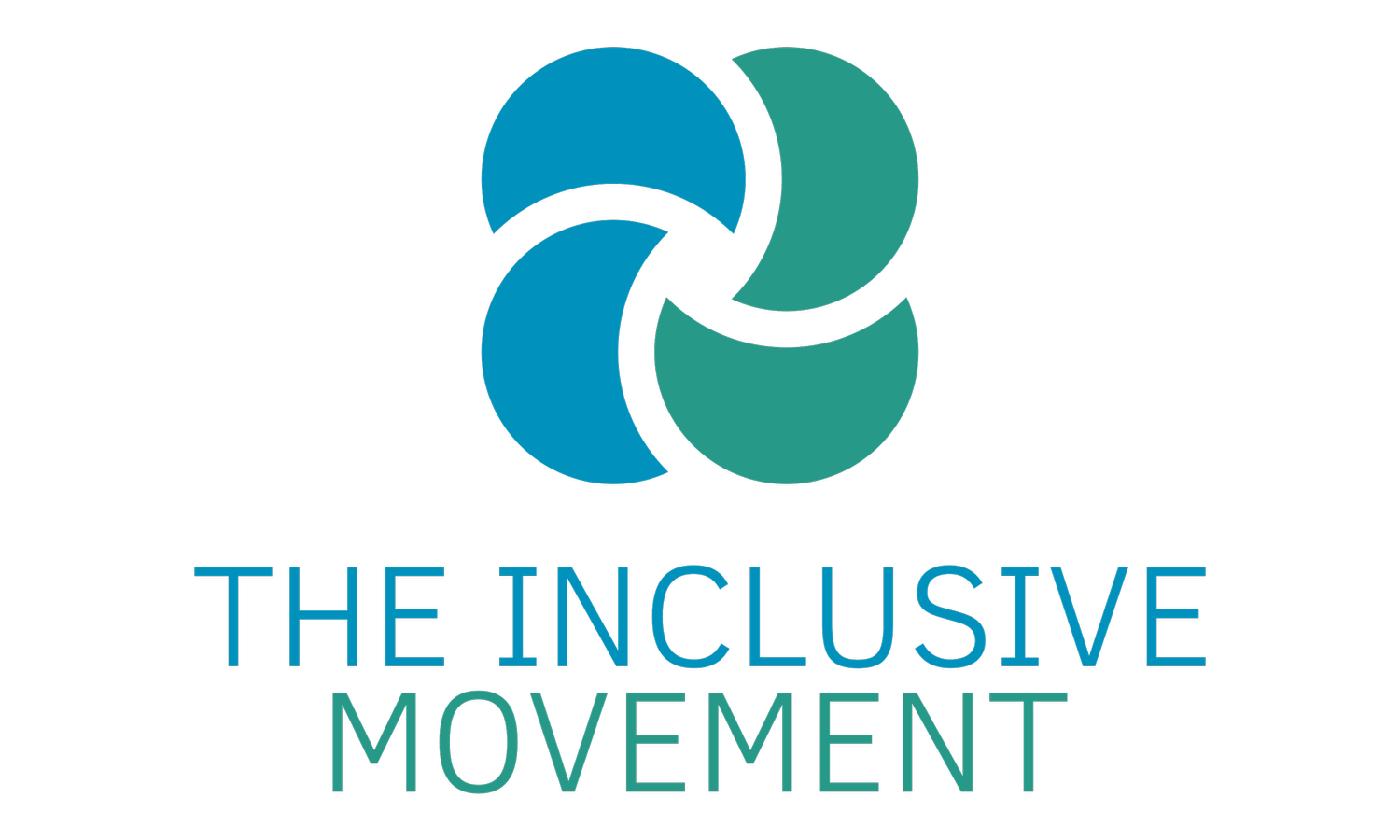UDL – Designing Learning for All
At The Inclusive Movement, we talk a lot about making learning accessible from the start — not as an afterthought.
One of the most effective frameworks for doing this is Universal Design for Learning, or UDL.
As both a disability specialist and a parent to neurodivergent children, I know how exhausting it can be when every day feels like a negotiation for access. UDL changes that — it embeds inclusion into the DNA of teaching, so all students can participate and thrive without constantly needing “special” accommodations.
What Is Universal Design for Learning?
UDL is an educational framework that guides teachers to design learning experiences that work for the widest range of learners.
It’s based on three core principles:
Multiple means of engagement – the why of learning: How to motivate and involve all students.
Multiple means of representation – the what of learning: How information is presented in different ways.
Multiple means of action and expression – the how of learning: How students can demonstrate what they know in different ways.
Rather than creating a “one-size-fits-all” lesson and then retrofitting it for students who don’t fit, UDL starts with the assumption that diversity is the norm.
Why UDL Works for Everyone
When teachers design with UDL, they:
Anticipate and remove common barriers
Provide flexibility in materials, tools, and approaches
Offer choice and autonomy in learning tasks
Embed supports that benefit multiple students, not just one
UDL in Action: Practical Examples
Multiple Means of Engagement (the why)
Providing students with a choice of topics or formats for assignments
Using real-life, culturally relevant examples in lessons
Building movement breaks or sensory breaks into the day
Example: A Year 4 teacher lets students choose whether to learn multiplication facts through games, music, or visual puzzles. The choice increases engagement for all learners.
Multiple Means of Representation (the what)
Offering information in different formats: spoken, visual, written, tactile
Using captions on videos, diagrams, and physical models alongside text
Providing summaries or glossaries of key terms
Example: In a history lesson, students access the same content via a short video, a printed handout, and an interactive timeline. Students can pick the method that works best for them — and many use more than one.
Multiple Means of Action and Expression (the how)
Allowing alternative ways to complete assignments (oral presentations, videos, art, models, written work)
Offering tools like speech-to-text software or graphic organisers
Encouraging collaborative as well as individual projects
Example: A Year 8 science project allows students to submit either a written report, a narrated video, or a model with explanation cards. The grading rubric focuses on the quality of the content, not the format.
The Benefits of UDL Go Beyond the Classroom
When UDL is embedded into a school’s culture:
Students experience fewer barriers and need fewer reactive adjustments
Teachers spend less time “catching up” on inclusion and more time teaching
Families see their children valued for their strengths, not labelled by their challenges
All students learn empathy, adaptability, and problem-solving by seeing multiple ways of doing things
⚠ What UDL Is Not
It’s not about creating a separate lesson plan for every student
It’s not a “special needs” teaching method
It’s not lowering expectations — in fact, it sets the bar higher by giving every student genuine access to meet it
Getting Started with UDL in Your School
Start small – choose one principle and apply it to a unit you’re already teaching.
Ask your students – “What would make this easier for you to understand or show me?”
Use what you have – many UDL practices involve rethinking how you use existing resources.
Collaborate – share ideas with colleagues and involve families.
Further Reading & Tools
When we design for the edges, we make it better for everyone in the middle too.
UDL isn’t just good practice — it’s essential if we want truly inclusive schools.
